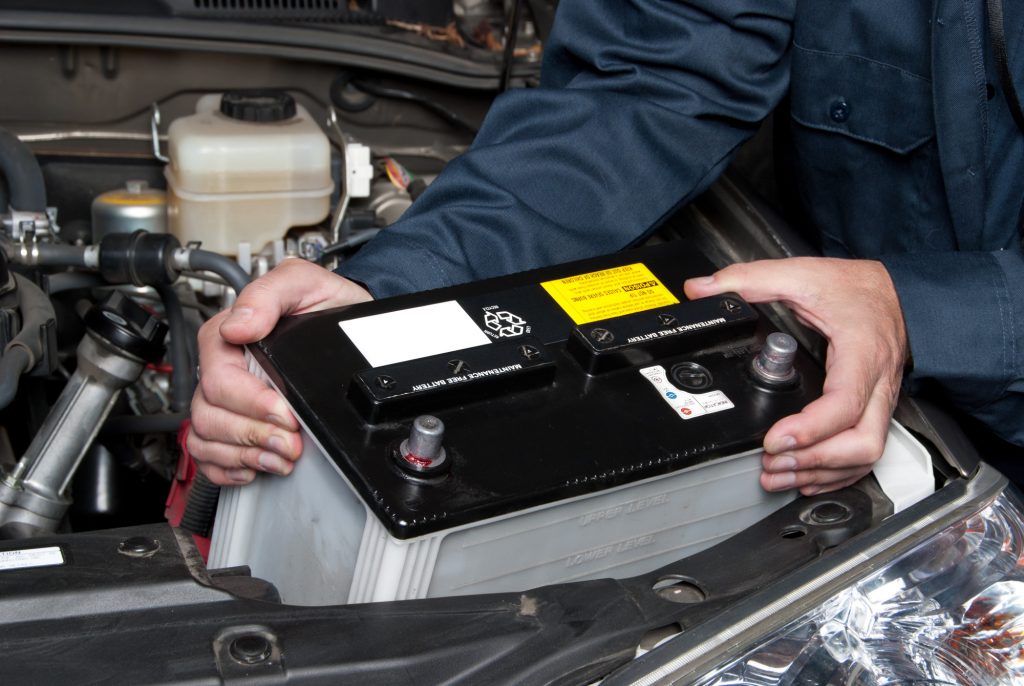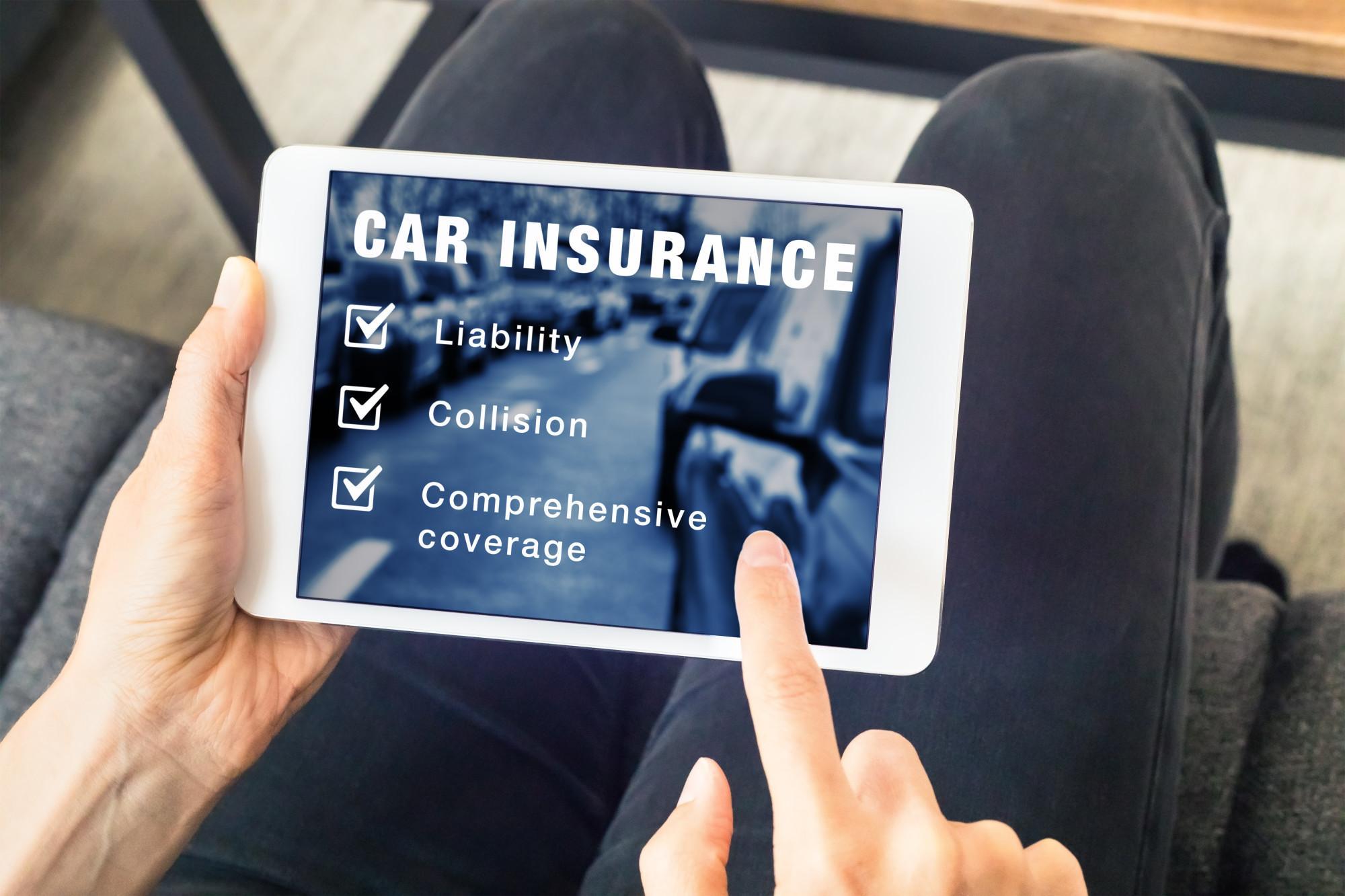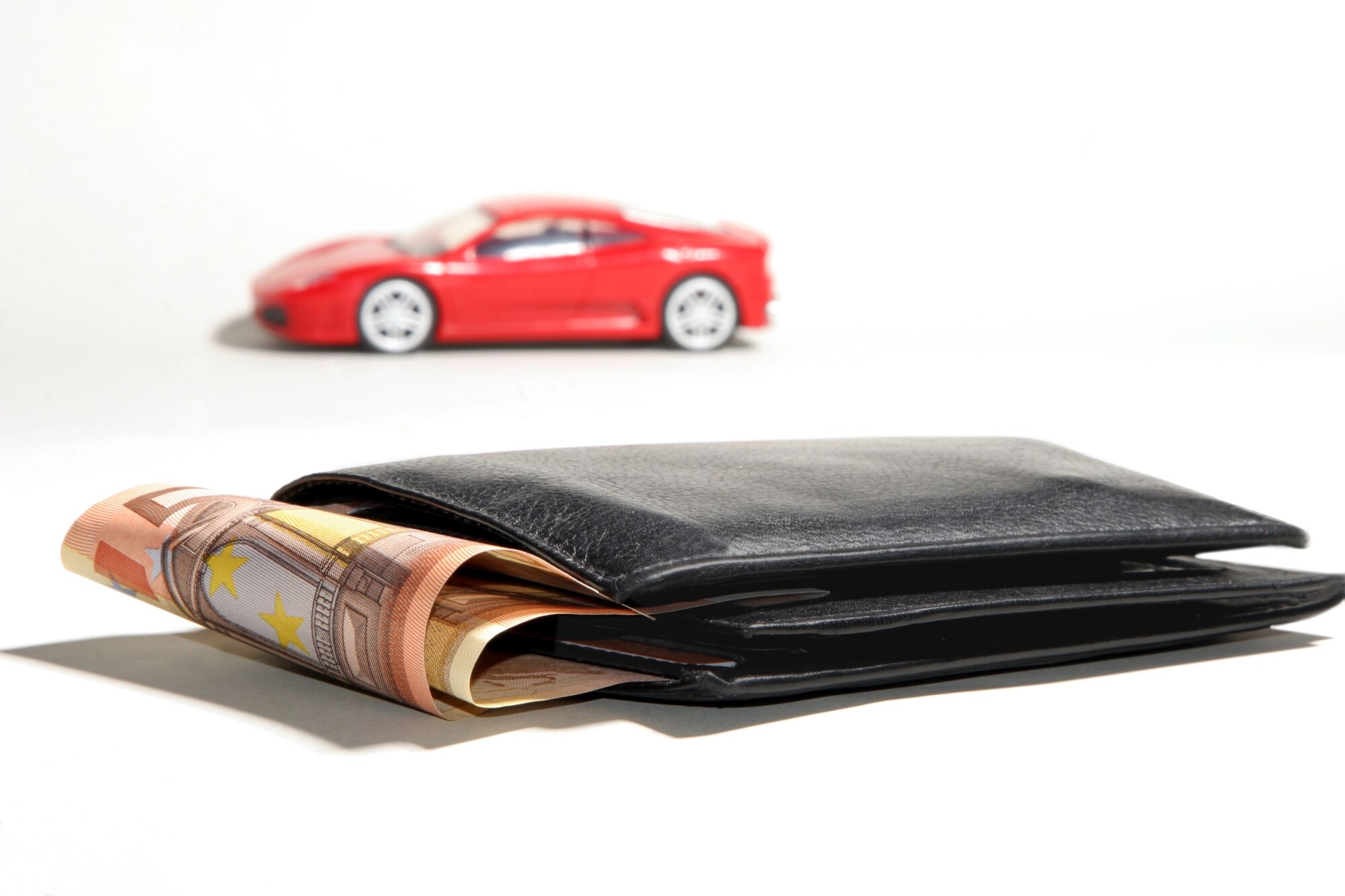
With 253 million cars and trucks on the road every day, we need a lot of batteries to keep America moving. Each one of those vehicles uses a battery to start and run every time you hop in the driver’s seat.
You need to replace most car batteries every two to five years. So if it’s been a while, it might be time for you to replace your car’s battery.
This is a car maintenance project that anyone can do themselves; just head to your local auto parts store.
Before you do, though, familiarize yourself with the different car battery types.
What Does Your Battery Do?
The battery in your car is essential for it to run. It delivers power when you turn the key or hit the ignition button.
When your car is running, your battery is charging. But when your vehicle isn’t running, the battery stops charging. This is why it is a bad idea to leave your lights on when you park your car.
Eventually, your battery won’t be able to charge itself effectively and will go dead. Now you will need to replace your battery.
Know Your Car Battery Types
There are a handful of different types. Buying the right battery type ensures that your battery lasts its intended life and delivers the necessary power to keep your car or trucks running smooth.
Starting, Lighting, Ignition Batteries
This type of battery is what the majority of automotive batteries are. They can deliver short bursts of power. This is because they have a short charge cycle.
The charge cycle is the amount of time it takes to run the battery all the way down and charge it back up again.
You don’t need much power with these batteries because they do most of their work when you start your car or use your lights or radio.
Valve-Regulated Lead-Acid Batteries
There are two types of valve-regulated lead-acid batteries (VRLA), absorption glass mat (AGM), and gel cell batteries. These batteries do not require any maintenance, so they are a completely sealed unit.
AGM batteries use a finite network of glass fibers to create a mesh inside of the battery. While gel cell batteries have a gel that fills them. It is typically a silica-based electrolyte that fills the gaps between the lead plates.
Typically, you will find the gel type of battery in deep cycle batteries. They work well for this prolonged use. However, their downfall is extremely hot or cold temperatures.
If you have a more modern car with higher electrical demand, then an AGM battery is a smart choice. These batteries have better capabilities for handling the pull from all of the electronics that modern cars have.
Wet Cell or Flooded Batteries
This is the original battery type that cars had. Many vehicles on the road today still use this type of battery. They are a lead-acid battery and have additional caps on the top.
These batteries use a liquid mixture of water, sulfuric acid, and lead. A chemical reaction happens, and a charge is created. This is how the battery creates power.
As this process happen though, the water evaporates. When there isn’t enough liquid in the battery, it can’t function.
You will need to perform regular maintenance by removing those caps and pouring in distilled water.
Deep Cycle Batteries
This type of battery will give you a constant and sustained flow of power over a long period of time. These batteries are better for marine vehicles, golf carts, or recreational vehicles.
They come in the wet and dry cell options that the starting batteries have. The main difference is that the lead plates inside the battery are much thicker in a deep cycle battery. The material between the plates is also a higher density.
Lithium-Ion or Li-ion Batteries
If you drive a hybrid or electric car, then you will need to look at a lithium-ion battery. These batteries can hold a significant amount of power when compared to the traditional types of batteries we’ve talked about so far.
They are also a fraction of the weight. Those other batteries on this list can get quite heavy for their size!
One of the biggest complaints about these batteries is that they have short lifespans. With traditional battery types, we mentioned a two to five-year lifespan. This is dependant on the climate and your level of use.
Lithium-ion batteries last three years, regardless of your use. They are also more expensive, so prepare for higher maintenance costs with your energy efficient vehicle.
Know Your Battery Size
Now that we know of the different types, you need to make sure you buy the right size. Each of these types of batteries come in a range of sizes.
You need to buy the battery that will fit in the physical dimensions of the space in your car. It also needs to have terminals that line up with your car.
Buy Your New Car Battery
Buying a new car battery is a simple process. But if these car battery types started to sound confusing, not to worry.
All you need to do is look at the battery that is in your car currently. If you buy another one that matches, you are good to go.
If the battery in your car is so old it no longer has the identifying sticker information; you can look it up with the manufacturer by make, model, and year.
Check out our blog for more advice on how to best take care of your car.




